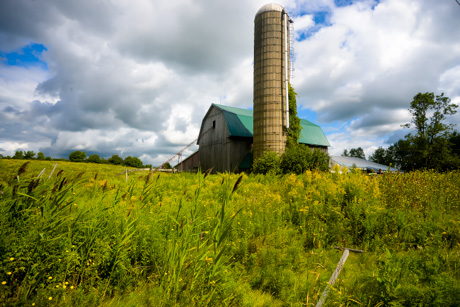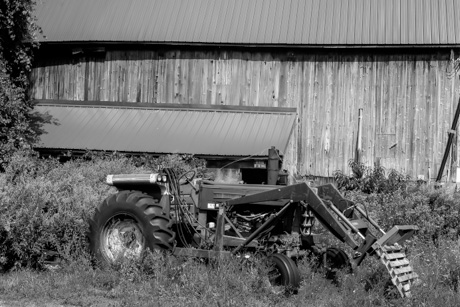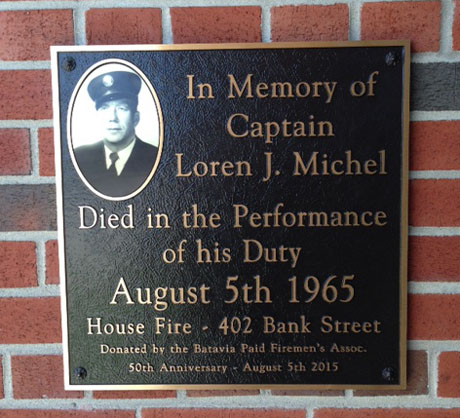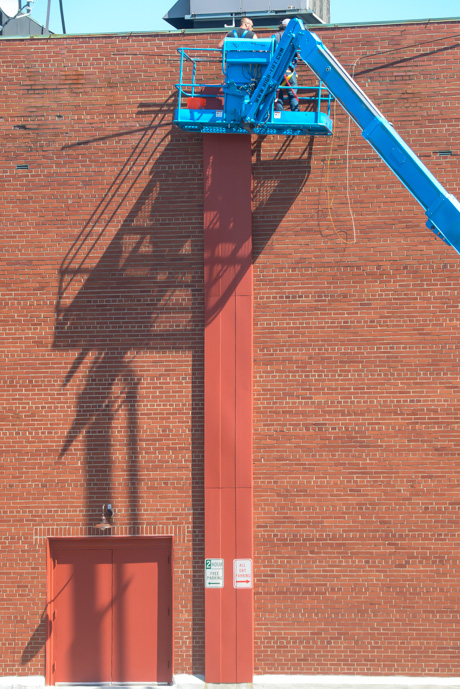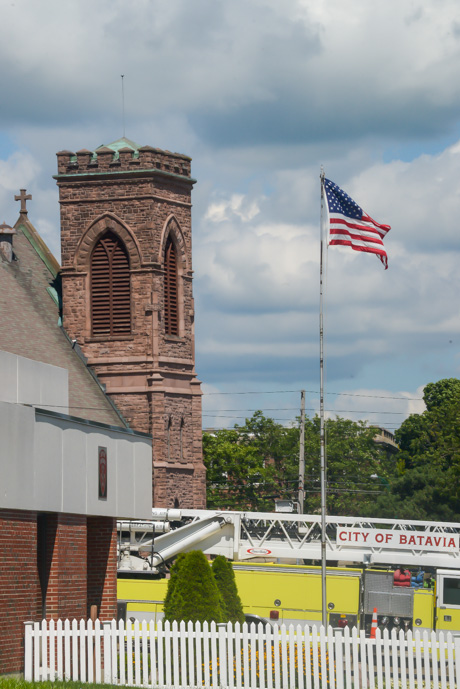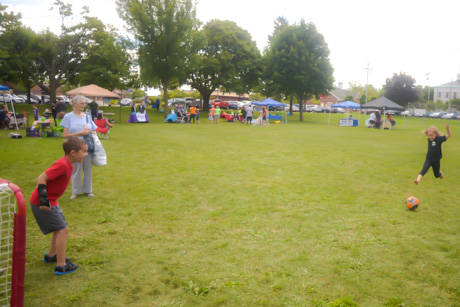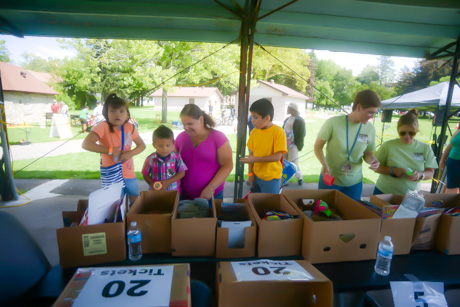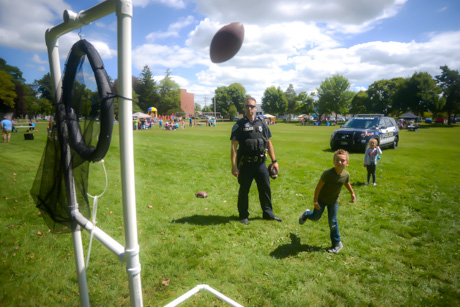Law and Order: Defendant accused of biting deputy during arraignment

Amanda Rose Hagedorn, 25, of West Hazeltine Avenue, Kenmore, is charged with criminal contempt, obstructing governmental administration and attempted assault, 3rd. Hagedorn allegedly bit a deputy during her arraignment on a previous arrest and then again while being removed from the courtroom and placed in a patrol car.
Roseann Cooper, 46, of Pearl Street, Batavia, is charged with petit larceny, harassment, 2nd, aggravated unlicensed operation, 2n,d and failure to stop at stop sign. Cooper is accused of shoplifting from Dollar General. She allegedly shoved a store employee when confronted about the suspected shoplifting. Cooper left the location and a customer called 9-1-1. Cooper was located allegedly driving on Walnut Street.
Melinda T. Andrews, 42, of Walnut Street, Batavia, is charged with harassment, 2nd. Andrews was allegedly involved in a domestic incident on Holland Avenue at 1:05 a.m., Sunday.
Scott Edward Yocina, 58, of Phelps Road, Corfu, is charged with criminal possession of marijuana, 4th, and unlawful growing of marijuana. Yocina was charged related to the alleged discovery of a marijuana growing operation at 4:15 p.m., May 4.
Joseph Carl Jeffords, 24, of Ross Street, Batavia, is accused of a violation of probation. Jeffords was turned over to Batavia PD by authorities in Wayne County, where he was in custody on charges in their jurisdiction. He was jailed locally on $5,000 bail.
Lonnie J. Ford III, 44, of Ellicott Street, Batavia, is charged with open container. Ford is accused of possessing an open container of alcohol while in the pavilion at Austin Park.
Jeffery James Cervone, 47, no known address, Batavia, is charged with criminal mischief, 4th. Cervone allegedly damaged and threw items around in a room at UMMC.
Stephen J. Konieczny, 37, of Ross Street, Batavia, is charged with criminal mischief. Konieczny allegedly threw a bottle of water at a vehicle causing damage.
Thomas Swineford, 61, of West Main Street, Batavia, is charged with disorderly conduct. Swinford is accused of urinating on a tree in Austin Park. He was reported by a passerby.
Alex J. Ianita, 21, of Bank Street, Batavia, is charged with endangering the welfare of a child, unlawful imprisonment, third-degree assault, petit larceny and second-degree robbery. Ianita was allegedly involved in a domestic incident at 11:25 a.m., Aug. 16.
Timothy A. Banks, 24, of Columbia Avenue, Batavia, was arrested on a warrant. Banks allegedly failed to appear on an open container charge. He was jailed on $100 bail or $200 bond.
Ellicott M. Hickman Jr., 24, of Hutchins Street, Batavia, is charged with trespass in a city park (between dusk and sunrise). Hickman was allegedly in Williams Park at 5:08 a.m., Aug. 20.

